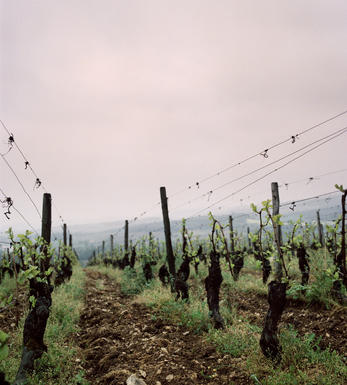
2010 Bourgogne Pinot Noir, Sylvain Loichet

About this WINE

Sylvain Loichet
The Loichets come from Comblanchien (southern end of Cote de Nuits), as well known for its marble quarrying industry as for its vines. Indeed the previous two generations of Loichets have been stone masons rather than vignerons but they kept ownership of their vineyards (Cote de Nuits Villages, Clos de Vougeot and Ladoix blanc) which the talented Sylvain (early 20s) has taken back.
Since he does not own enough vines to make a really decent living, he has added some well chosen negociant cuvees (mostly white) which are equally impressive. The white wines are made with a great sense of precision and are full of energy. The reds are vigorous, full of fruit and look set to age very well.

Bourgogne Rouge
Bourgogne Rouge is the term used to apply to red wines from Burgundy that fall under the generic Bourgogne AOC, which can be produced by over 350 individual villages across the region. As with Bourgogne Blanc and Bourgogne Rosé, this is a very general appellation and thus is hard to pinpoint any specific characteristics of the wine as a whole, due to the huge variety of wines produced.
Around 4,600 acres of land across Burgundy are used to produce Bourgogne Rouge, which is around twice as much as is dedicated towards the production of generic whites.
Pinot Noir is the primary grape used in Bourgogne Rouge production, although Chardonnay, Pinot Blanc, Pinot Gris and in Yonne, César grapes are all also permitted to make up the rest of the wine. These wines tend to be focused and acidic, with the fruit less cloying than in some New World wines also made from Pinot Noir, and they develop more floral notes as they age.
Although an entry-level wine, some Bourgogne Rouges can be exquisite depending on the area and producer, and yet at a very affordable price.

Pinot Noir
Pinot Noir is probably the most frustrating, and at times infuriating, wine grape in the world. However when it is successful, it can produce some of the most sublime wines known to man. This thin-skinned grape which grows in small, tight bunches performs well on well-drained, deepish limestone based subsoils as are found on Burgundy's Côte d'Or.
Pinot Noir is more susceptible than other varieties to over cropping - concentration and varietal character disappear rapidly if yields are excessive and yields as little as 25hl/ha are the norm for some climats of the Côte d`Or.
Because of the thinness of the skins, Pinot Noir wines are lighter in colour, body and tannins. However the best wines have grip, complexity and an intensity of fruit seldom found in wine from other grapes. Young Pinot Noir can smell almost sweet, redolent with freshly crushed raspberries, cherries and redcurrants. When mature, the best wines develop a sensuous, silky mouth feel with the fruit flavours deepening and gamey "sous-bois" nuances emerging.
The best examples are still found in Burgundy, although Pinot Noir`s key role in Champagne should not be forgotten. It is grown throughout the world with notable success in the Carneros and Russian River Valley districts of California, and the Martinborough and Central Otago regions of New Zealand.


Buying options
Add to wishlist
Description
Made from declassified Côte de Nuits Villages, this Bourgogne has a fine bright colour, plenty of cherry fruit, succulent and ripe on the palate, with wonderful energy. Finishes very well. Drink 2013-2016.
Jasper Morris MW, BBR Buying Director
This is a thoroughly fine range from the young and enthusiastic Sylvain Loichet in 2010. The whites have their usual energy and pure fruit while the reds have been fine-tuned, with a slightly shorter time in vat producing far more elegant wines. This is becoming an exceptionally good address. Note also the two cuvées of Corton-Charlemagne from different parts of the hill.
wine at a glance
Delivery and quality guarantee